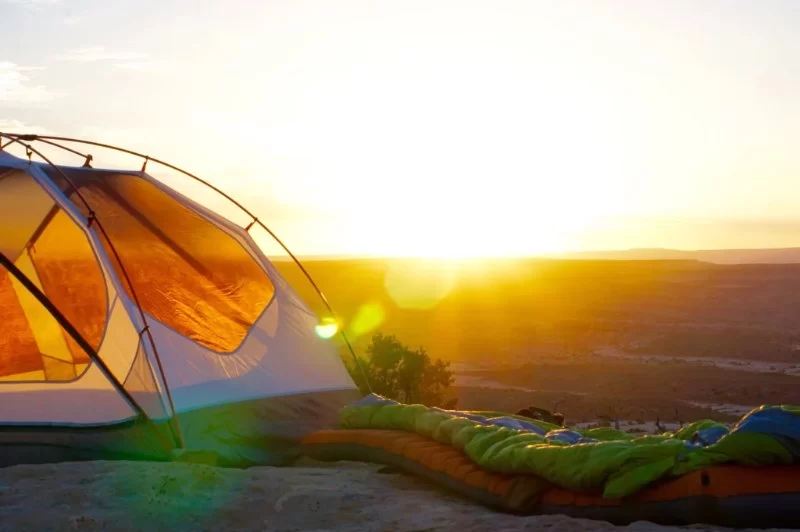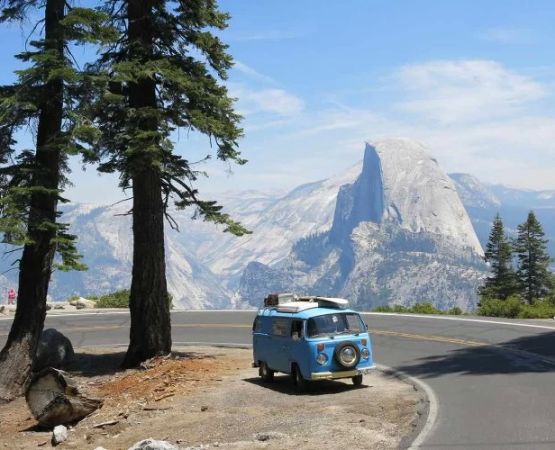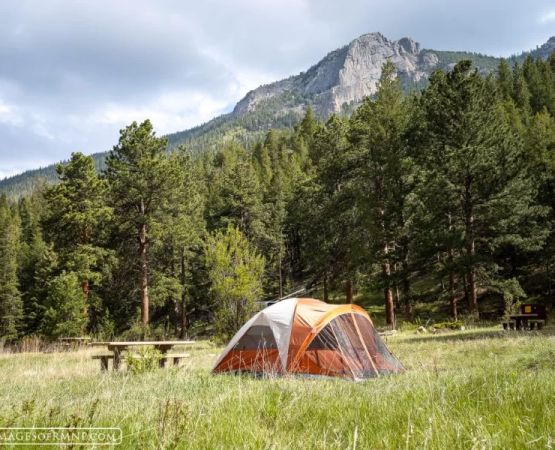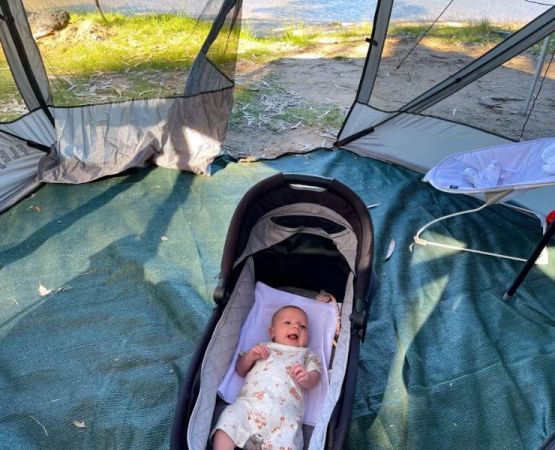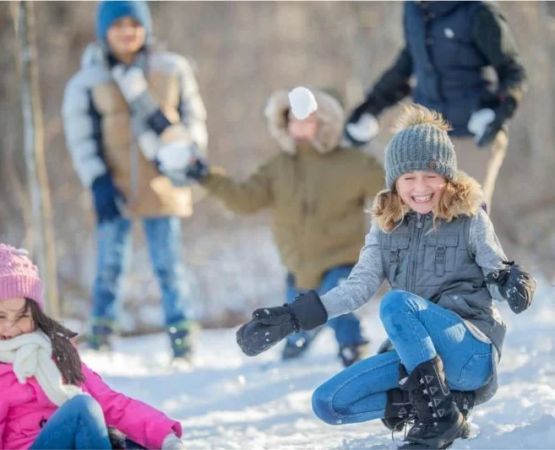- Understanding-Sustainable-Camping - Why-It-Matters-for-Nature
- Leave-No-Trace-Principles - Core-Guidelines-for-Beginners
- Real-World-Examples - Stories-from-Campers
- Expert-Analysis-and-Tips - Professional-Advice-for-Eco-Friendly-Camping
- Balancing-Comfort-and-Sustainability - Practical-Layered-Approach
- Pine-Cliff-Resort-Recommendations - Gear-and-Services-for-Sustainable-Camping
1. Understanding Sustainable Camping – Why It Matters for Nature
How to camp sustainably: Leave No Trace practices for beginners starts with recognizing the impact each camper has on the environment. Even small actions, like where you pitch your tent or how you dispose of trash, affect the health of trails, forests, and wildlife. Sustainable camping ensures that future generations can enjoy the same pristine landscapes, making personal responsibility a shared community effort.
2. Leave No Trace Principles – Core Guidelines for Beginners
The Leave No Trace principles provide a framework for sustainable outdoor living. Key practices include planning ahead to reduce waste, staying on established trails, and properly disposing of all waste materials. Beginners should also learn to minimize campfire impact and respect wildlife. These guidelines are not strict rules but practical habits that make camping safer, cleaner, and more respectful of nature.
3. Real World Examples – Stories from Campers
One popular social media trend showed hikers in Colorado cleaning up abandoned campsites, turning it into a challenge that inspired thousands to follow suit. Another camper shared how switching from single-use plastic bottles to a reusable water system reduced the amount of trash carried out of a national park. These stories highlight how everyday campers can make visible differences when they adopt Leave No Trace principles.
4. Expert Analysis and Tips – Professional Advice for Eco-Friendly Camping
Outdoor experts emphasize preparation as the cornerstone of sustainable camping. By packing reusable containers, choosing eco-friendly soaps, and planning meals to reduce leftovers, campers significantly cut down on their environmental footprint. Experts also recommend using modern gear designed for durability rather than disposable convenience. Professional advice often includes practicing at home—like cooking with camp gear in the backyard—before heading outdoors, so mistakes don’t lead to unnecessary waste in nature.
5. Balancing Comfort and Sustainability – Practical Layered Approach
Some beginners worry that sustainable camping means sacrificing comfort. In reality, layering sustainable practices with smart gear choices enhances comfort. For example, using a lightweight solar charger provides energy without harming the environment, and eco-friendly sleeping pads offer both warmth and minimal impact. Real comfort comes from knowing you’re enjoying nature responsibly while still staying safe and cozy.
6. Pine Cliff Resort Recommendations – Gear and Services for Sustainable Camping
At Pine Cliff Resort, we believe that sustainability and adventure go hand in hand. We recommend eco-friendly camping gear, durable clothing, and services designed to help beginners put Leave No Trace principles into practice. Whether you’re planning a weekend trip or a longer wilderness journey, Pine Cliff Resort provides trusted recommendations to make your camping both comfortable and environmentally responsible.

